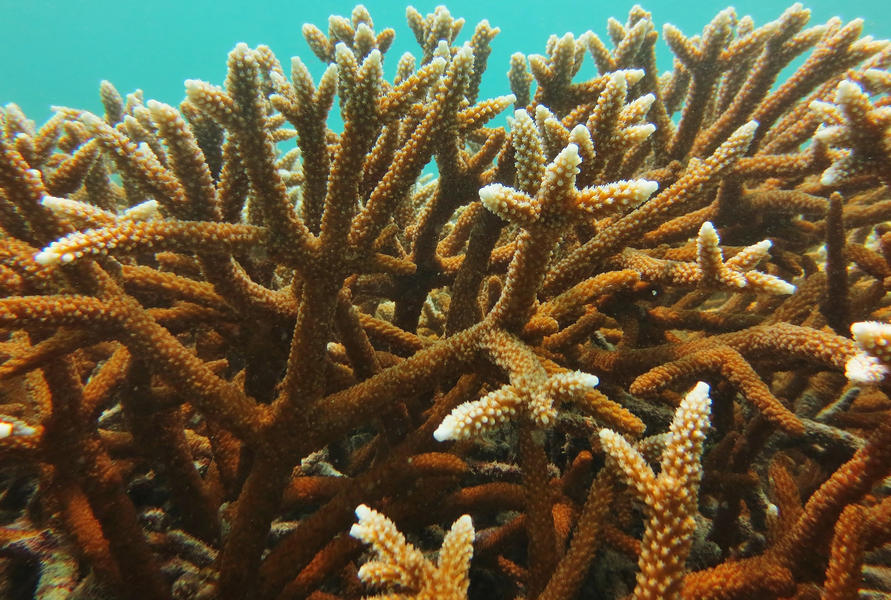Statistical analyses were performed correlating Phase 2 (DEP C2221E) abiotic data (turbidity, pH, temperature, salinity, and dissolved oxygen levels) at 6 coral reef sites (1N, 2N, 3N, 1S, 2S, and 3S) as well as the mean Phase 2 abiotic data with the heavy metal sediment trap concentrations and ecological indices (pollution load index (PLI), potential ecological risk (PER), geo-accumulation (GEO), and enrichment factor (EF)). Abiotic data collected via Aqua TROLL 600 sondes (temperature, salinity, pressure, dissolved oxygen, pH, and turbidity) and sedimentation rates were collected at the 6 coral reef sites. Five additional instrument platforms were created and deployed along the coastline between Government Cut Inlet, Miami, Hillsborough Inlet, and Pompano (FL, HW, HL, MB, and BC) collecting abiotic data.
Statistical Analyses.
Positive correlations were observed between temperature and salinity (2N, 1S, 2S) and between pH and turbidity (2N, 3N, 2S). Negative correlations between temperature and both relative dissolved oxygen (RDO) and pH, and between pressure and RDO, aligned with expected patterns of oxygen solubility. Median abiotic data were correlated with sediment heavy metal concentrations from sediment traps collected at three time periods and ecological indices (PLI, PER, GEO, Ef). Sites 1N, 2N, and 3N showed stronger negative correlations between salinity, pressure, RDO, and turbidity with heavy metals. Site 1N exhibited distinct correlations, including negative associations between temperature and aluminum/arsenic and positive between arsenic and pressure, RDO, pH, and turbidity. Temperature showed consistent positive correlations with metal burden (PLI), ecological risk (PER), and accumulation (GEO), particularly at northern sites. Pressure (as a proxy for depth) generally correlated negatively with ecological indices, especially nearshore, while higher RDO was associated with reduced metal levels. Turbidity patterns varied, with northern sites showing negative correlations with indices, while 2S exhibited the reverse. These results underscore the complex site-specific dynamics influencing metal behavior in reef sediments and support the importance of continued localized environmental monitoring.
Sedimentation and Abiotic Data at Coral Reef Sites 1N, 2N, 3N, 1S, 2S, and 3S.
The sedimentation data indicate that sedimentation was low during the summer months (2.16 -4.15 g/day) and significantly higher rates from September through April (123–387 g/day), with site 1N experiencing the highest winter sedimentation. These increases aligned with low-pressure storm events recorded between November 2023 and March 2024. Abiotic parameters were within expected ranges, though temperature peaked at 37.4°C in summer and turbidity spiked during storm events.
Sedimentation and Abiotic Data at Coastal Line Sites FL, HW, HL, MB, and BC.
At the five coastal sites sedimentation rates varied, with HL showing the lowest (16.68 g/day) and MB the highest (39.22 g/day). Abiotic data were generally stable, but turbidity levels fluctuated, with BC exhibiting the highest average and peak turbidity values.


